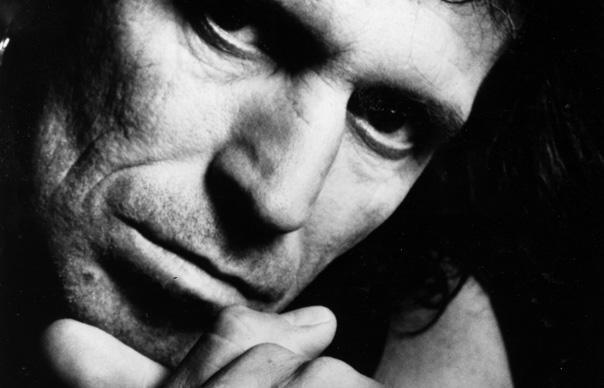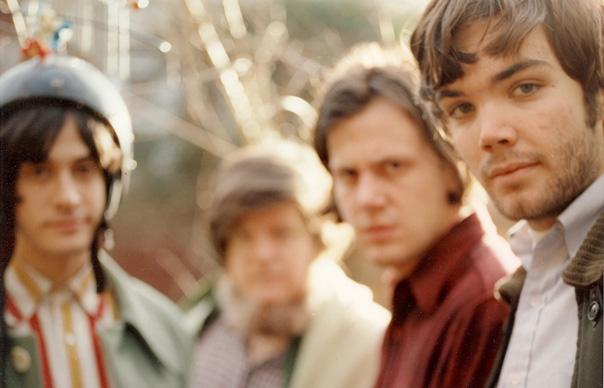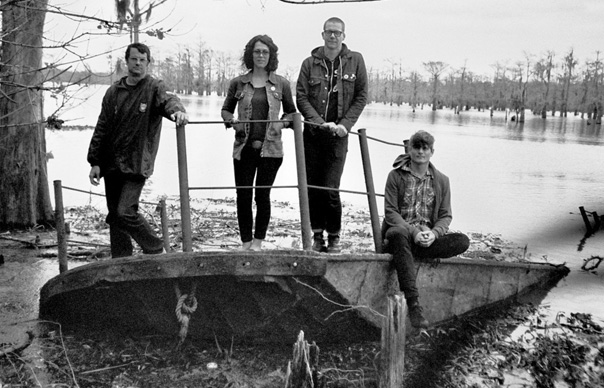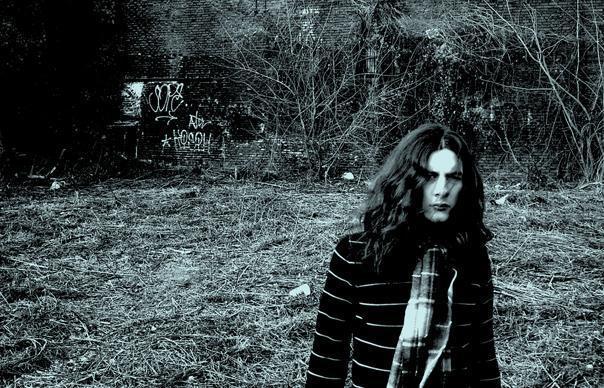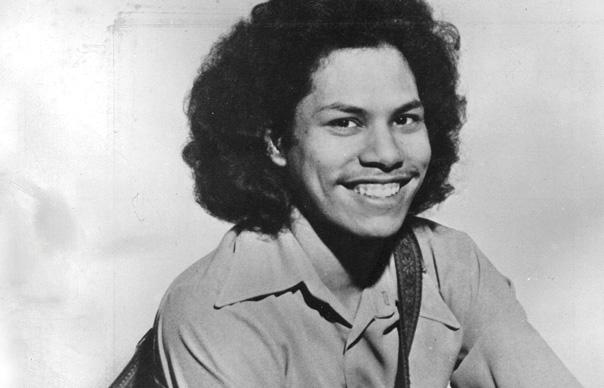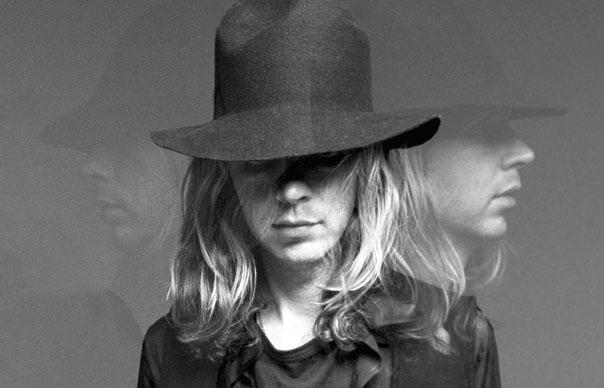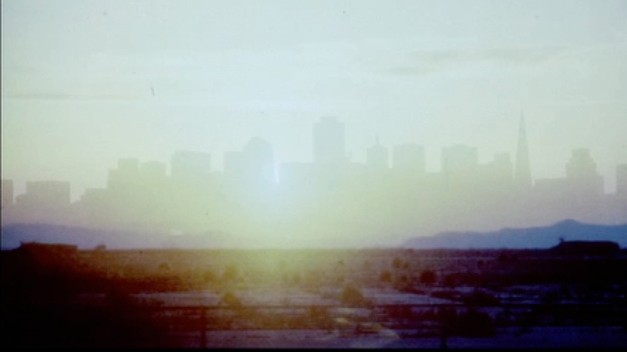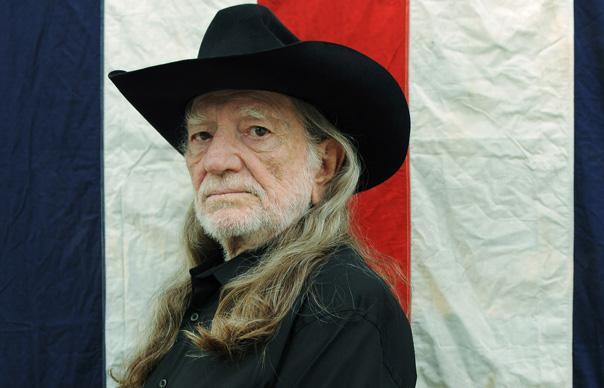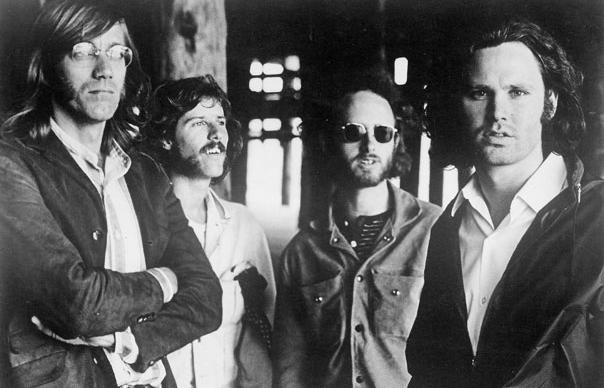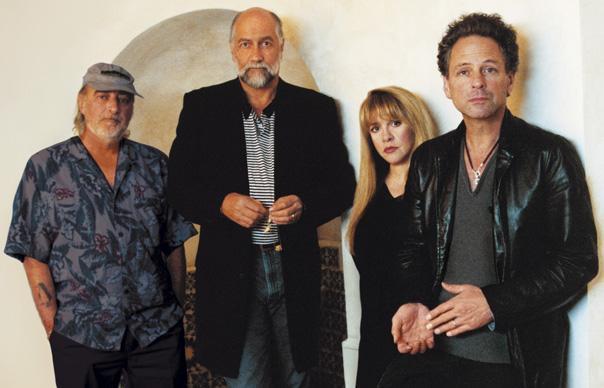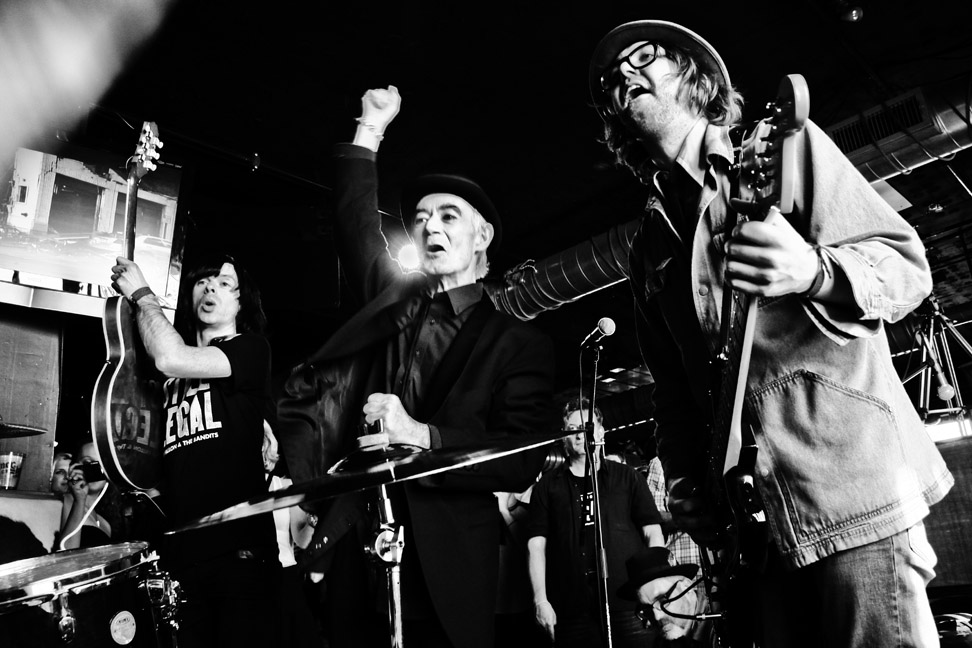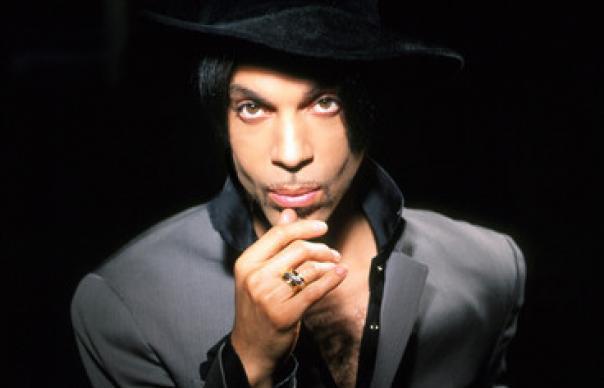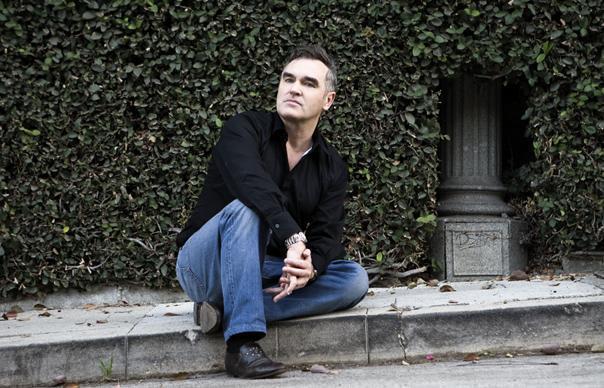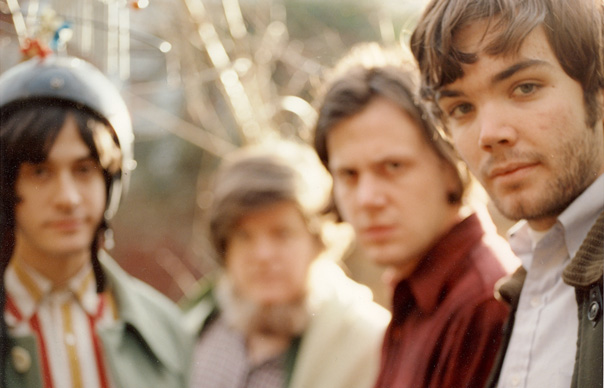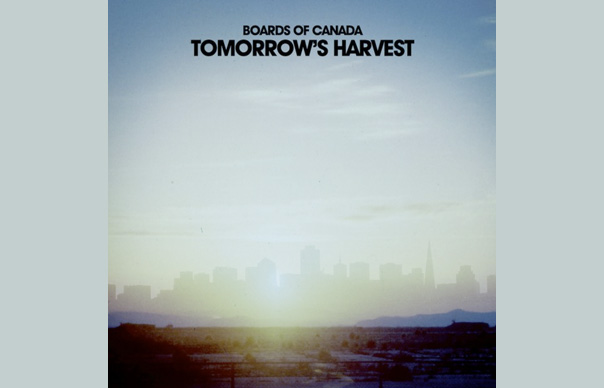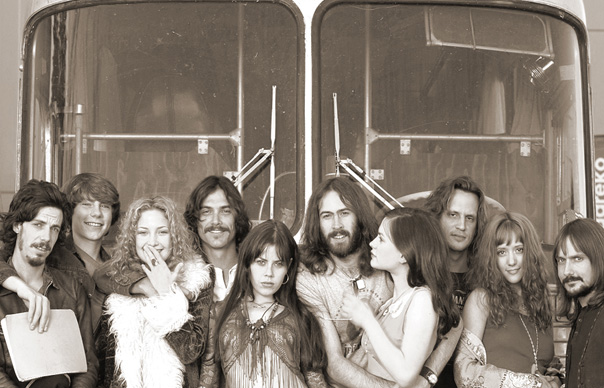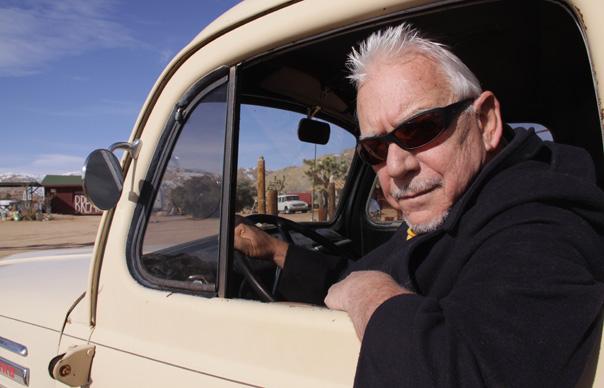This month’s issue of Uncut (June 2013) features The Waterboys discussing their mammoth new Fisherman’s Box release – here, in this archive feature from Uncut’s July 2008 issue, the band, including Mike Scott and Karl Wallinger, reflect on the creation of their pop masterpiece, The Whole Of The Moon. Expect disagreements, still; arguments about musical contributions, worries over spending life in prison for hitting someone over the head with a guitar… Words: Nick Hasted
________________
The Waterboys are sitting in Jimmy Page’s west London mansion in the summer of 1985, drinking wine and playing records long into the night with Bob Dylan. Dylan loves This Is The Sea, their third, as-yet unreleased album, and has asked to record with him.
“Dylan had heard what we were doing, and he invited me to the London studio where he was recording to jam,” recalls Mike Scott. “He was gentle, soft-spoken, tousle-headed, and played non-stop burbling lead guitar, even between songs.”
Dylan’s invitation to jam with Scott seemed to legitimize Scott’s vision of “Big Music” following two patchy, relatively unsuccessful albums.
Scott later defines “Big Music” as “A metaphor for seeing God’s vision in the world.” And the song that brought it to the wider British public is one of the most striking of the Waterboys’ career. “The Whole Of The Moon” is a synth-heavy sonic tribute to Prince, its guitars largely buried deep in the mix. Bowie, The Beatles and crashing brass fanfares are there too, matching Scott’s lyric about reaching “too far, too high”.
If the song represented a creative peak for the Waterboys, it also marked the end of Scott’s fractious relationship with Karl Wallinger, who’d joined the band in 1983. Even today, both men are quick to argue over each other’s contribution to “… Moon”. Scott downplays what he calls “exaggerations” of Wallinger’s role. Meanwhile Wallinger, who left the band at the end of 1985 to form World Party, admits to having “great difficulty” working with his former partner.
But “The Whole Of The Moon”, reissued in 1991, became a massive hit. “My song went from a cult classic to an all-time classic,” laughs Scott. “And that was sweet. I’d like 23 more like that.”
________________
Anthony Thistlethwaite, saxophone: I first met Mike in 1982. He was powered up and intense. I went over to New York with him in 1984 for a couple of weeks, and while we were there, we saw Purple Rain at the cinema, and Mike was very impressed. Later that year, supporting U2, the tour coincided a couple of times with Prince, and Mike and Karl went straight over. They were both buzzing on him for a good long while. Working around that feel was one of the big factors in 1985.
Mick Glossop, engineer: The whole album process was new for Mike. The previous two Waterboys albums had been collections of demos, radio sessions and live tracks. This was the first time Mike had set aside time to make an album. It gave him the opportunity to experiment in the studio. “…Moon” was very much a studio track. Everything bar Mike’s piano and vocal came there.
Mike Scott, writer, performer: My life was very squeezed then. Not much social life. I was singularly focused on making my records. I recorded “…Moon” on my own with a drum machine, then brought musicians in as they were needed. It’s about a person who has a spectacular, meteor-like rise, but burns out or dies young. Though the song ain’t about him, the nearest equivalent would be Hendrix. Adding a list of all the things the hero/heroine saw raised the emotional temperature. The final chorus now had an extra fatefulness. To express this I inserted “you came like a comet, blazing your trail”, then a “comet”, a firework sample from a BBC sound effects record. That sweetly collided with Anthony’s sax solo, so that it sounds as if the sax erupts from the comet itself. Magic like that just happens. The sound of “…Moon”, its synths, which crop up almost nowhere else in Waterboys music, was me copping sonic ideas from Prince, which Karl, also a big Prince fan, was able to translate. I’d turned him onto Prince, played him Purple Rain in the summer of ’84.
Karl Wallinger, performer: I did the synth-bass part on “Whole Of The Moon”. And that was a new one for Mike, not using traditional instruments. I was just freaking out to Prince at the time. We were on a U2 tour, and nicked their limo when they went on stage to see a Prince gig in Chicago. I ended up with his manager for 15 years.
Glossop: The basis of the song was Mike’s piano part. Then he and Karl experimented. They were very close collaborators. Karl’s a very giving person. He gave a lot to the Waterboys, certainly. Mike is Springsteen, Patti, Dylan, Van. Karl added Lennon, Prince, Bowie – sophisticated pop influences. On “…Moon”, the polyphonic keyboards, the synth-bass, the upbeat cymbal-accent are classic Prince ideas, which came from Karl. But a lot of ideas were specifically Mike’s. He wrote the songs, he would never be dragged into anything against his will. But it was quite a different recording and arrangement from what one would think of as the Waterboys. The synthesiser element was Karl’s very strong influence.
Thistlethwaite: Normally, Mike, Karl and me performed together on Waterboys records. “…Moon” was a studio creation, more a collage than a performance. Mike got the best out of the musicians by letting us do what we thought was right. Karl made a huge impression. He was full of melodic concepts. I was very close with Mike at the beginning. Then Karl took over that position. Afterwards, it was Steve Wickham. Mike likes having a foil, but it’s hard work. He was intense then. So far as I know, he hardly ever left his flat. He and Karl would stay up reading Aleister Crowley.
Wallinger: Did Mike have to overcome “techno-fear”? There was a definite suspicion of synthesisers. Hanging out at my flat at our late-night sessions gave him time to get over it.
Scott: Karl got the best synth sounds I’d heard, so I asked him to create Prince-like sounds for “…Moon”. Karl was a great mate, but a contributor more than a collaborator. The final word rested with me. His contributions were brilliant, and added degrees of magic and depth to the Waterboys.
Wallinger: I collaborated with Mike with great difficulty. But it was a little more mutual than he says. Maybe he’s remembering the time I said, “Those synths sounds like Jeff Lynne.” He stopped and said, “You know, you shouldn’t say things like that to people. It can really damage them.” If he says he told me to play like Prince – yeah, he taught me everything I know about everything! Oh, man. He’s so great.
Scott: The Beatles’ “Penny Lane” influenced the trumpet break – the sudden injection of super-fresh, bright and clear horns, a sound of optimism and clarity. Bowie’s “Fame” inspired the final descending vocal, thought up and sung by Karl. I wanted the whole thing to sound like a carnival.
Glossop: Having recorded everything, Mike felt the drum-machine rhythm was too straight. Chris Whitten’s drums gave dynamics and energy. It integrated the song more with the Waterboys identity. It still stands out radically. It’s the most commercial track that Mike’s produced. Even on vocal and piano you can hear that. The melody, the chord sequence are untypical. It still has that mildly grandiose feel, that big, wide Waterboys sound. But it has a freshness about its melodic and musical ideas.
Wallinger: Chris Whitten, who did the drums, was brought in by me as well. That’s not what you do when you’re just the hired hand.
Scott: Dylan had heard what we were doing, and he invited me to the London studio where he was recording to jam.
Thistlethwaite: Mike, Steve [Wickham] and myself went down that summer to play with Dylan in Dave Stewart’s church studio in Crouch End. It was mind-blowing. When we came out I went to a phone-box to tell my parents, and I could hardly speak!
Scott: The story that a label guy tried to strong-arm me to do “…Moon” on Top Of The Pops, but was scared off by seeing Bob sitting in my flat, is delicious, but entirely untrue. As is the “Mike Scott wouldn’t play TOTP” myth. We were playing First Avenue, Minneapolis the night the show was filmed.
Wallinger: Mike can’t think in terms of being generous or gregarious, or happy-go-lucky. He didn’t want to do Top Of The Pops. It was stupid. We could have been massive. So I went off and became massive on my own!
Scott: Karl needed to form his own band. I found him quite cantankerous towards the end. I found it quite uncomfortable with him still in the band. And I was very, very relieved when he left.
Wallinger: I left because I didn’t want to spend life imprisonment for hitting someone rapidly over the head with a guitar. It was weird when I left, the way the band went – Irish sweaters and pints of Guinness.
Scott: I think the “high summit” of the “Big Music” sound was “This Is The Sea”. But “…Moon” is a close second with its mighty comet moment and all-encompassing lyric. I could feel the music building album by album to its climax. If “…Moon” had really hit back then in ’85, the stakes would have got raised and the clamour of voices imploring me to repeat the formula, stay in that groove, would have become deafening. So I snuck off to Paddy’s Emerald Isle and got on with the job. I think “The Whole Of The Moon” is terrific. But that layered, studio-created, cinematic music was accomplished to the full, and there was nowhere to take it after that. So I teased out acoustic, troubadour, rootsy strands into the band’s new sound. I was consumed with music, for three years, ’83 to ’85. Ireland was an escape into a wider life. And there was a cost to that. I was still as active and as driven. But I wasn’t this music-making machine any more. When “…Moon” was a hit in ’91, I wondered if it would be like when T.Rex had their first smash and everybody fell in love with Marc Bolan? Or would people just love the song, and I’d sink or swim with what I did next? It was the latter.
Thistlethwaite: It surprised me that “…Moon” was the one Waterboys track the public really took to. Other songs such as “Red Army Blues” seemed more original and bizarre. The next year, when we moved to Ireland, we were in uncharted territory, beyond the record industry’s infrastructure. We’d escaped.
Wallinger:: I had an aneurysm in 2000. Mike phoned up that day, which I thought might be connected…and when I got out of hospital, he wrote me a letter saying, “Karl, I read an article in which you seemed to be saying that you wrote some of the Waterboys stuff. Now, you know Karl, that was all my songs…” I wrote back saying, “Dear Mike, I am well. I hereby confirm that I at no time contributed anything of interest to the Waterboys…” I sent his next letter back, and that was the end of our great relationship. Listen to what the Waterboys did after “Whole Of The Moon”. I don’t think he’s been there again. I rest my case on that.
FACT FILE
Written by: Mike Scott
Performers: Mike Scott (vocal, piano, electric guitar, chimes, effects), Karl Wallinger (keyboard bass, synthesisers, backing vocals), Anthony Thistlethwaite (saxophone), Roddy Lorimer (trumpet), Max Edie (backing vocals), Chris Whitten (drums), Martin Ditcham (percussion, sundries)
Produced by: Mike Scott
Recorded at: Park Gate Studios, Hastings; Livingstone Studio, London
Released as a single: October 1985; reissued March 1991
Highest UK chart position: 3
Highest US chart position: n/a
TIMELINE
MAY 1985 As This Is The Sea nears completion, Scott begins recording “The Whole Of The Moon” in Hastings
JULY 7 1985 The final mix is completed in Amazon Studios, Liverpool
OCTOBER 14 1985 “The Whole Of The Moon” is released as a single, reaching no. 26, the Waterboys’ biggest hit to date. It is rumoured Scott refuses to play Top Of The Pops.
MARCH 1991 Reissued ahead of a Waterboys Best Of…, the song finally hits the Top 3.


